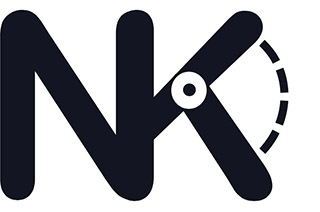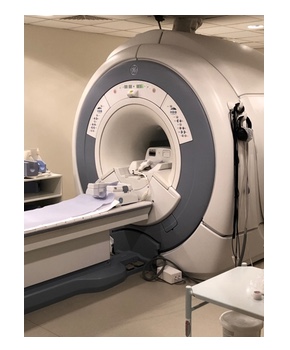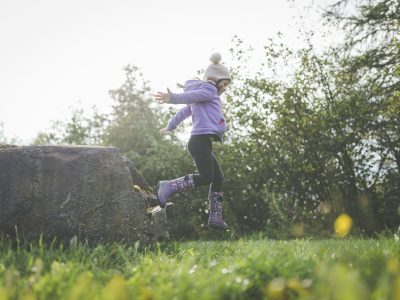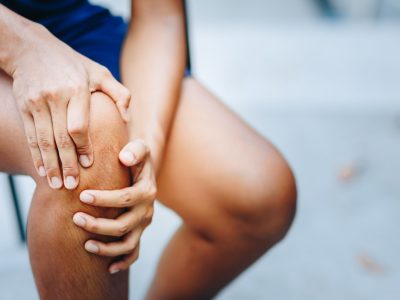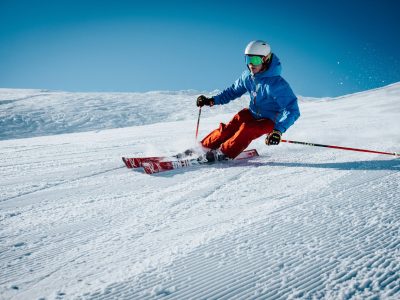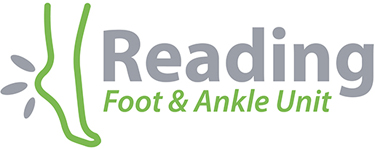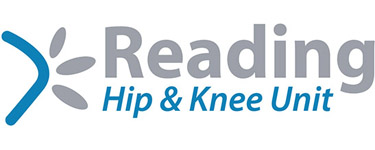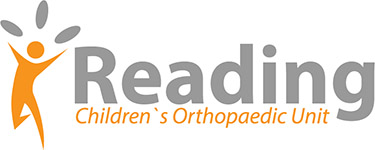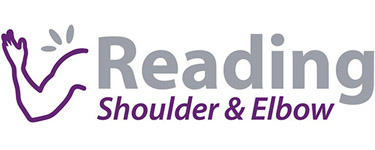MCL – Medial Collateral Ligament Injury
Quick Fact Sheet
Nev Davies – Consultant Knee Surgeon
1. The MCL is a large ligament that runs on the (inside) of your knee from the thigh bone (femur) to shin bone (tibia).
2. The MCL is usually damaged in either twisting injuries or a direct impact to the outside of the knee. It happens most commonly playing sports such as football or rugby but can also occur during skiing or snowboarding.
3.Knees do swell after this injury but usually the following day. This can be accompanied by a feeling of wobbliness or lack of control of the knee.
4. The first line of treatment for any ligament injury follows the RICE principle of Rest, (can put your toe down without weight bearing using crutches) Ice (regularly – frozen peas wrapped in a tea towel to the swollen area), Compression (a tubigrip support) and Elevation (when sitting raise your leg on pillows).
5. X-Rays rarely show a positive finding, so an early review by an orthopaedic knee specialist is sensible.
6. MCL injuries can usually be diagnosed by history and examination findings alone but the diagnosis is often confirmed by an MRI (magnetic resonance imaging) scan.
7. MCL injuries are graded in severity as type 1 (sprain), 2 (partial tear), or 3 (complete rupture).
8. Treatment is on an individual basis, but almost always non-operative.
9. Early Physiotherapy is key to any rehabilitation program to get you back to normal activities which usually takes between 6-12 weeks.
10. Knee braces are sometimes used to protect the MCL during this time as it heals.
More Information:
Medial Collateral Ligament (MCL) Injuries
The MCL can be injured in isolation or in combination with other structures in and around the knee. This information blog explains the functional anatomy of the ligament, how it is injured and the likely treatment plan.
What is the MCL?
The MCL is a large ligament (connecting bone to bone) that runs on the medial aspect (inside) of your knee from the femur to tibia. (See picture 1a and 1b below)
The ligament is composed of deep and superficial fibres and is important in stabilising the knee to valgus stress. (prevents it opening up)
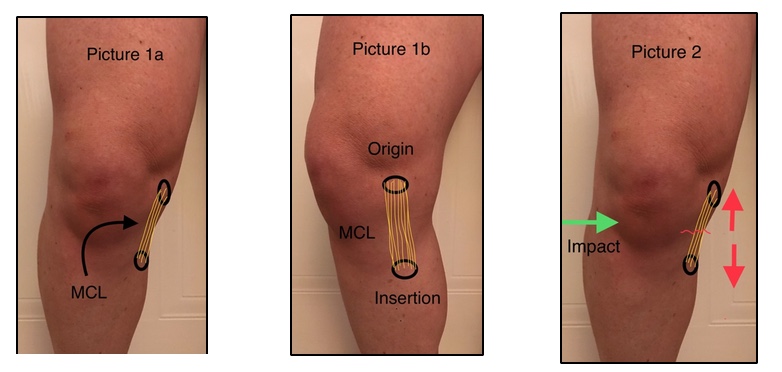
How is it injured?
The MCL can be injured in either twisting injuries or a direct impact to the outside of the knee, hence opening up the inside. (See picture 2 above) This usually occurs during sports such as football, rugby but can also occur during skiing or snowboarding where the ski or board increases the twisting force through the knee.
What are the symptoms?
Most patients experience pain at the inside of the knee after a twist, fall or a direct blow to
the outside. Usually by the next day the knee has swollen, which can often be significant, so that weight bearing through that leg is difficult. The pain and discomfort is mainly around the inside of the knee. This can be accompanied by a feeling of wobbliness or lack of control of the knee.
What should I do?
The first line of treatment for any ligament injury follows the RICE principle of Rest, (can put toe down but not weight bearing with crutches) Icing (regularly – frozen peas wrapped in a tea towel to the swollen area), compression (a tubigrip support) and Elevation (when sitting raise your leg on pillows) It is also sensible to take simple painkillers such as paracetamol and, if safe to do so, certain anti-inflammatories such as ibuprofen. These should be taken with food, as they can upset your stomach.
Some patients attend the emergency department or minor injuries unit. An x-ray is often performed but it rarely shows any bony injury.
Do I need an MRI scan?
An early review by an orthopaedic knee specialist (see contact details below) or a sports physiotherapist is advised to give the correct and early diagnosis, so that a management plan can be put into place as soon as possible. MCL injuries can usually be diagnosed by history and examination findings alone but the diagnosis is often confirmed by an MRI (Magnetic Resonance Imaging) scan. (See below)
Picture 3 and 4 – Courtesy of Dr J Stedman (Berkshire Imaging)
The benefits of such a scan are to rule out additional damage to the other structures in and around the knee. (Anterior cruciate ligament injury, meniscal cartilage tear or damage to the articular joint surface)
What types of MCL injury are there?
The tears are graded in severity as type 1, 2 and 3. Type 1 injuries (sprains) are the least severe and heal fairly quickly, typically within 3-4 weeks. Type 2 injuries (partial ruptures) and Type 3 injuries (complete tears) take longer to heal (up to 6-8 weeks). The good news is they always usually heal with time and a good rehabilitation program.
Why is rehabilitation so important?
After any knee injury, the muscles that control and protect the knee (quadriceps or thigh muscles at the front and hamstrings at the back) disengage very quickly, losing control and wasting quite rapidly. Getting input from a specialist sports physiotherapist is crucial as early as possible after a knee injury to guide you back to your sports and activities.
Do I need a knee brace?
In some cases, we do suggest a hinged knee brace for support in the first few weeks. This should not however replace a good rehabilitation program. It is important to allow and encourage the knee to move as soon as possible, therefore straight leg braces are not advised as these can exacerbate early wasting of the muscles and lead to further stiffness.
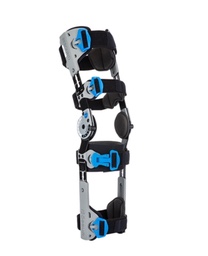

Picture 7 – Courtesy of Craig Stenzel, Ossur UK
If you would like to meet me in clinic for an appointment about any knee injury or niggle please contact my secretary Debbie Rollason:
Telephone: 07305097137 or e mail on : nevdavies.secretary@gmail.com
Nev Davies
www.readinghipandkneeunit.co.uk
@mrnevdavies
